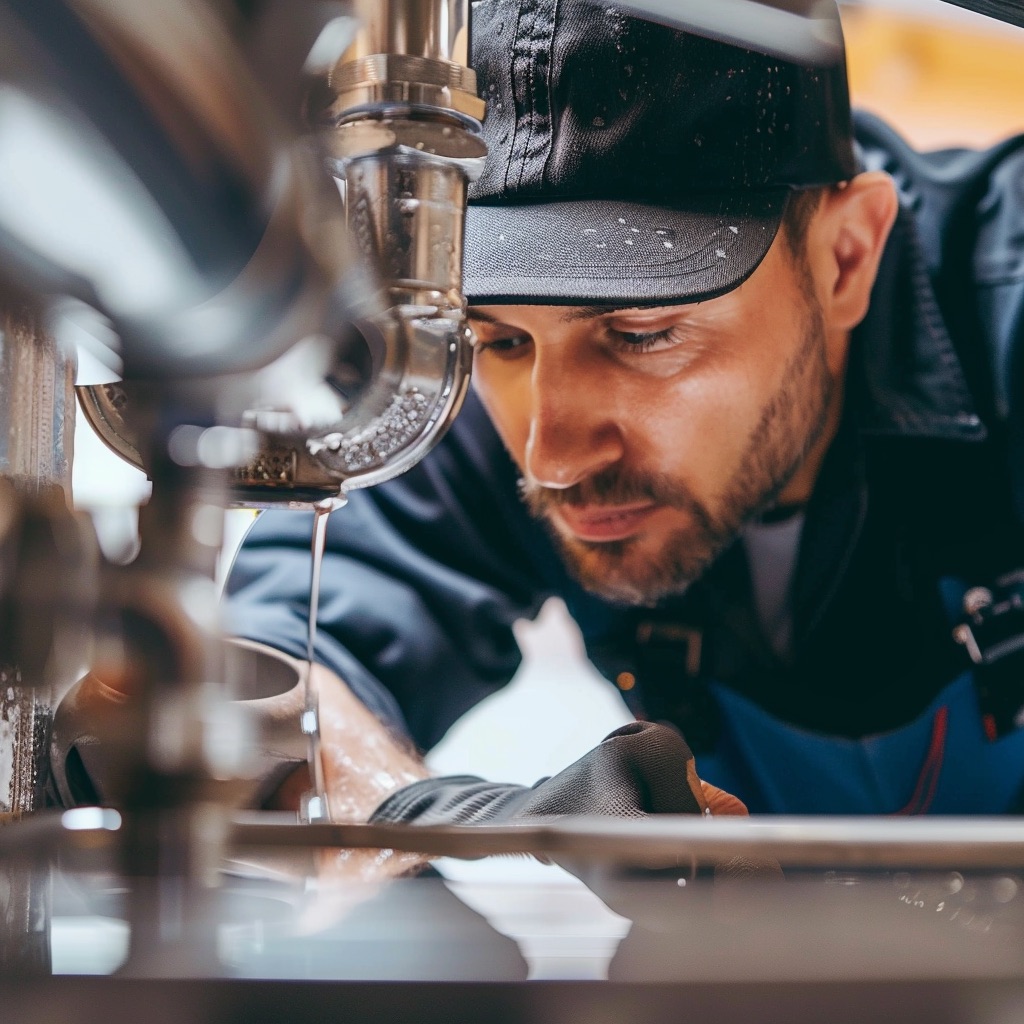Last updated on
During the cold season, faulty heating appliances can cause discomfort, high energy bills, and health issues.
Therefore, homeowners should ensure their heating units are in good working order before the cold season starts.
Regular heater repairs can increase the efficiency of heating systems and prevent inconveniences. However, upgrading to a new thermostat might be necessary if the old one is ineffective or malfunctions shortly after repairs. This article will discuss the impact of buying a new thermostat in a home.
Improve Energy Efficiency

As heaters approach the end of their useful life, they become less effective and use more energy to keep a house warm. They also overwork during the cold months to maintain the indoor temperature. This increases the wear and tear of different parts and leads to unexpected expenses associated with repairs and replacements.
Replacing the faulty heating appliance with a new one can improve energy efficiency by allowing homeowners to control the temperature in their homes better. New thermostats have a technology that makes them more responsive to temperature changes. So, the thermostat will maintain the desired warmth through timely heating and cooling cycles. As a result, the heater uses energy more effectively and keeps a family comfortable.
A professional HVAC technician can guide buyers about using a new thermostat to avoid mistakes that could lower efficiency. The latest thermostat can provide real-time data on energy usage. This data helps the owner to make adjustments when necessary, leading to a more sustainable and cost-effective way to maintain indoor comfort.
Convenience and Comfort
Many turn off their heating appliances when leaving their homes to conserve energy and lower their utility costs. However, turning off heaters can drastically lower interior temperatures, creating a cold indoor environment that could damage things or make pets uncomfortable.
Upon returning, people wait for the house to warm up, which can be uncomfortable. The cold indoor environment can be incredibly challenging during colder months when family members need their homes to warm quickly.
Installing new thermostat models eliminates the need for homeowners to turn off their appliances when they leave the house. They can use a thermostat with smart technology to maintain optimal indoor temperatures.
The technology lets homeowners control the heater settings remotely, ensuring the home remains comfortable without consuming too much energy. The homeowner can switch on the heater before reaching home to avoid waiting for their furnace system to warm the house.
Optimized Temperature Control
Varying indoor temperatures can significantly impact comfort and energy efficiency. A well-regulated environment ensures that rooms remain cozy during colder months and cool during hotter seasons.
Modern thermostats enable individuals to customize their heating and cooling schedules based on their routines. They can use settings that keep homes at the perfect temperature without constantly adjusting the thermostat. This technology minimizes temperature fluctuations and creates a stable indoor climate that promotes well-being.
Proper heater repairs and maintenance can keep the thermostat in good shape and increase its useful life. However, heater repairs can be expensive, particularly for older equipment with many worn-out parts. Therefore, replacing the heater with a new one with a modern thermostat can be a more cost-effective solution.
A new thermostat can improve energy efficiency and ensure better control of indoor temperatures. It also reduces repairs and maintenance, which can be costly.
A trained heater repair technician can help homeowners choose the right thermostat and provide professional installation. Professional services ensure the appliance performs optimally and lasts for years without problems. This keeps a family warm and comfortable despite changes in outdoor temperatures.
Table of Contents




